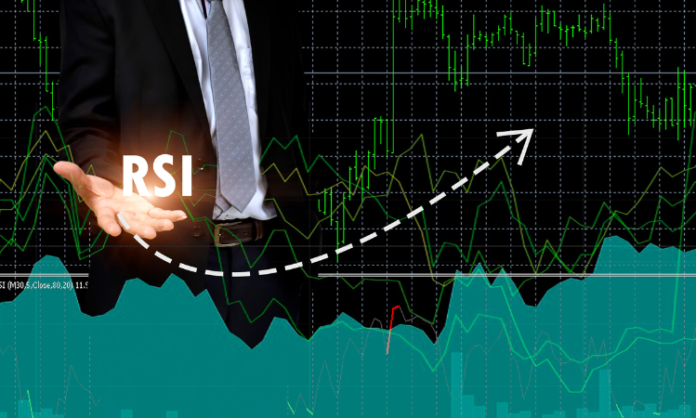
In today’s fast-paced and ever-changing financial markets, traders need to employ a variety of analytical tools to help identify profitable trading opportunities. One such tool is the Relative Strength Index (RSI), which can help traders identify potential entry and exit points in volatile markets. RSI is a popular momentum indicator that compares the magnitude of recent gains to recent losses, allowing traders to evaluate the strength of a security’s price action.
Understanding RSI:
The RSI is calculated by dividing the average gain of a security by the average loss over a specified period, usually 14 days. The result is then plotted on a scale ranging from 0 to 100, with 70 or above indicating an overbought condition and 30 or below indicating an oversold condition. Traders use Relative Strength Index to identify overbought and oversold conditions and to determine the strength of a trend.
Using RSI to Identify Entry Points:
RSI is a valuable tool for identifying entry points in volatile markets. When the RSI drops below 30, it indicates that the security may be oversold, presenting an opportunity to buy. Conversely, when the Relative Strength Index rises above 70, it suggests that the security may be overbought, signaling a potential opportunity to sell.
Traders typically look for confirmation of oversold or overbought conditions before entering a trade. For example, if the RSI indicates an oversold condition and the price of the security is also approaching a support level, this provides additional confirmation of a potential entry point.
Using RSI to Identify Exit Points:
In addition to identifying entry points, Relative Strength Index can also be used to identify exit points. Traders can use Relative Strength Index to evaluate the strength of a trend and determine when to exit a trade. For example, if the Relative Strength Index rises above 70 and the price of the security is also approaching a resistance level, this provides confirmation that the uptrend may be losing momentum, and it may be time to sell.
Combining RSI with Other Indicators:
While RSI is a useful tool on its own, it can also be combined with other indicators to provide a more complete picture of market conditions. For example, traders often use moving averages in conjunction with RSI to confirm trends and identify potential entry and exit points.
Conclusion:
In volatile markets, traders must be able to identify profitable trading opportunities quickly and accurately. The Relative Strength Index is a valuable tool for traders, allowing them to evaluate the strength of a security’s price action and identify potential entry and exit points. By understanding and utilizing RSI effectively, traders can improve their chances of success in volatile markets.
Related Post:
Fibonacci Retracement Indicator
Experts Recommend Using Multiple Deposit Methods for Forex Trading to Manage Risk and Enhance Returns





























